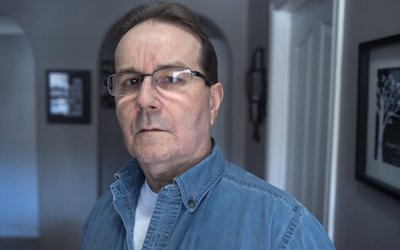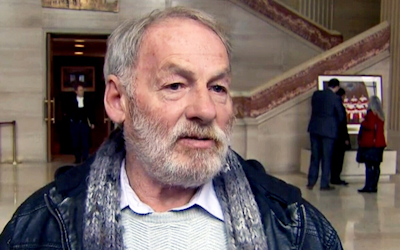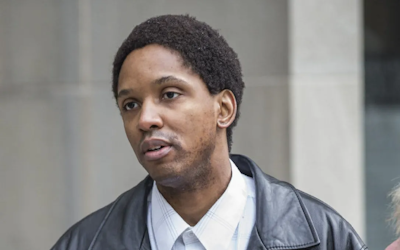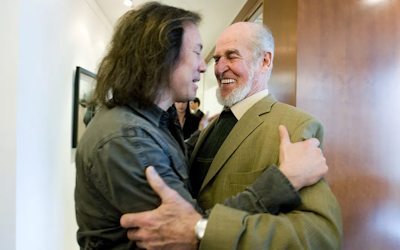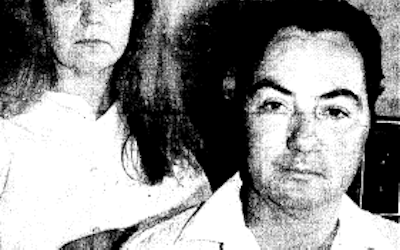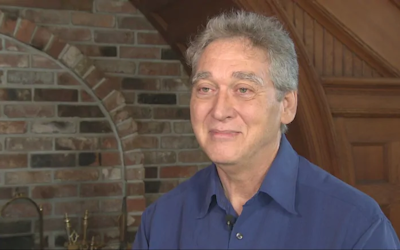Mistaken eyewitness identification evidence is a leading cause of wrongful convictions. Approximately 1 in 3 Registry wrongful convictions resulted at least in part from mistaken identification. Incorrect but sincere eyewitness evidence is estimated to have played a role in almost 75% of US DNA exoneration wrongful convictions.
The physical processes of vision and memory are imperfect and inconstant. Reliance on eyewitness evidence is inherently risky because truthful and confident witnesses may nonetheless be mistaken.
Many different factors can exacerbate the inherent dangers of this type of evidence, including: cross-racial identification, "fleeting glance" scenarios where the observation lasts mere seconds, poor visibility, the passage of time since the incident, intoxication, trauma, and the weapons focus effect (where witnesses' attention is naturally drawn to a weapon and thus away from the perpetrator's appearance).
Nonetheless, Canadian courts still do not allow accused persons to call expert evidence on the frailties of eyewitness evidence, ruling that judicial warnings to the jurors and common sense are enough. In addition, the courts have accepted suggestive identification procedures including, for instance, where police bring the witness to identify a detained suspect, or one person in a photo line-up is of a different race than all the other people. To this day, police and prosecutors are generally not required to follow established best practices when obtaining eyewitness identification evidence.



